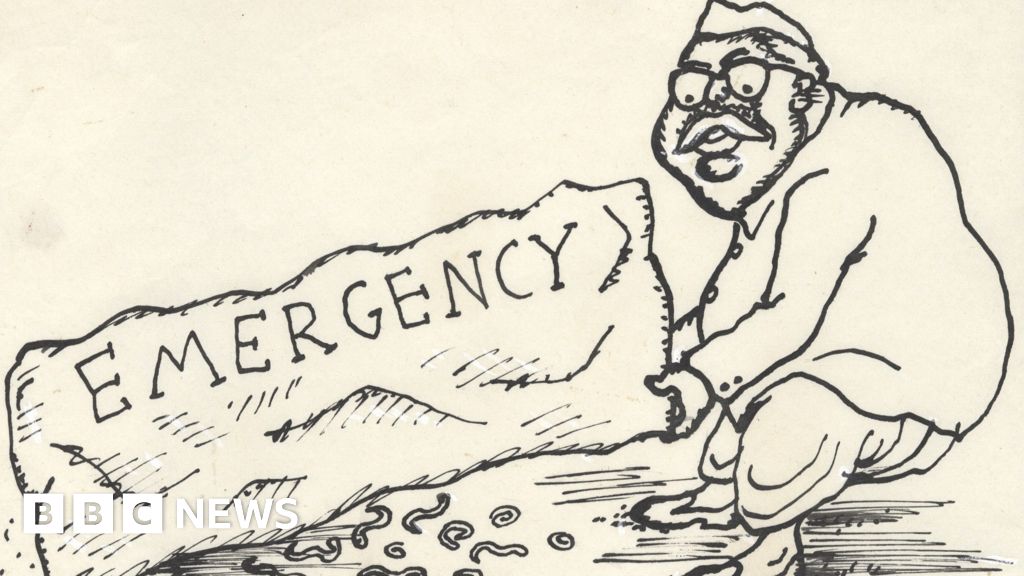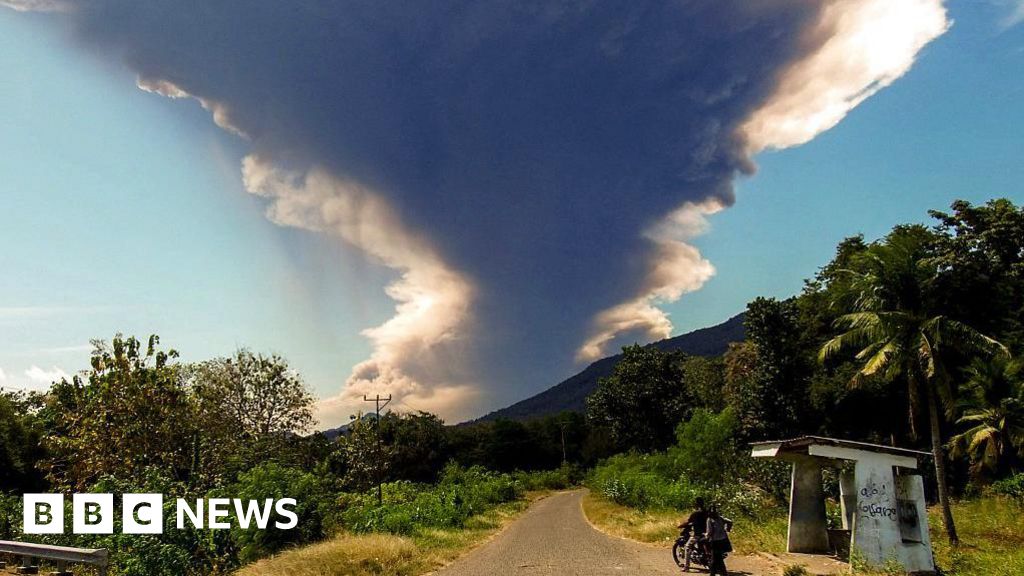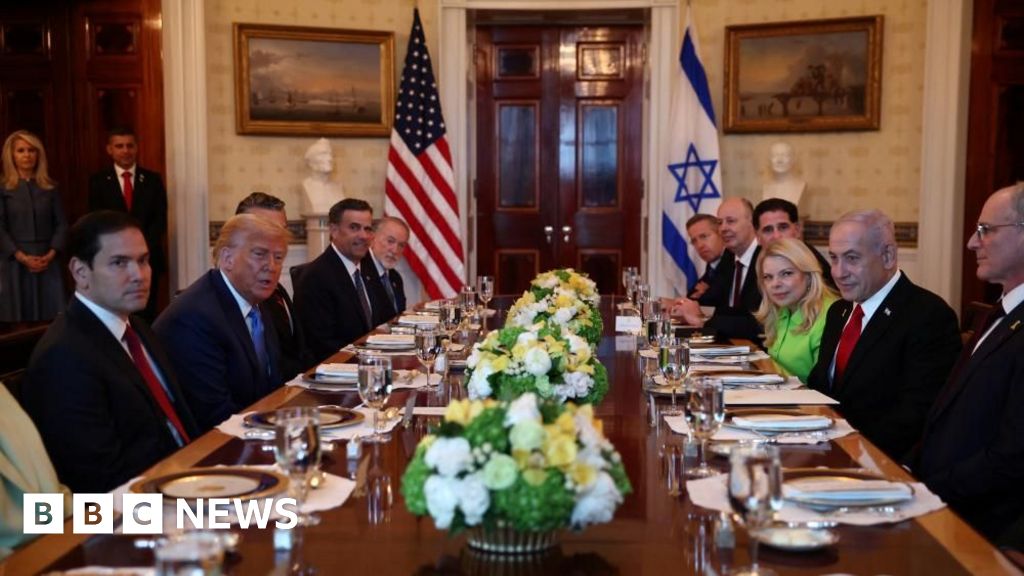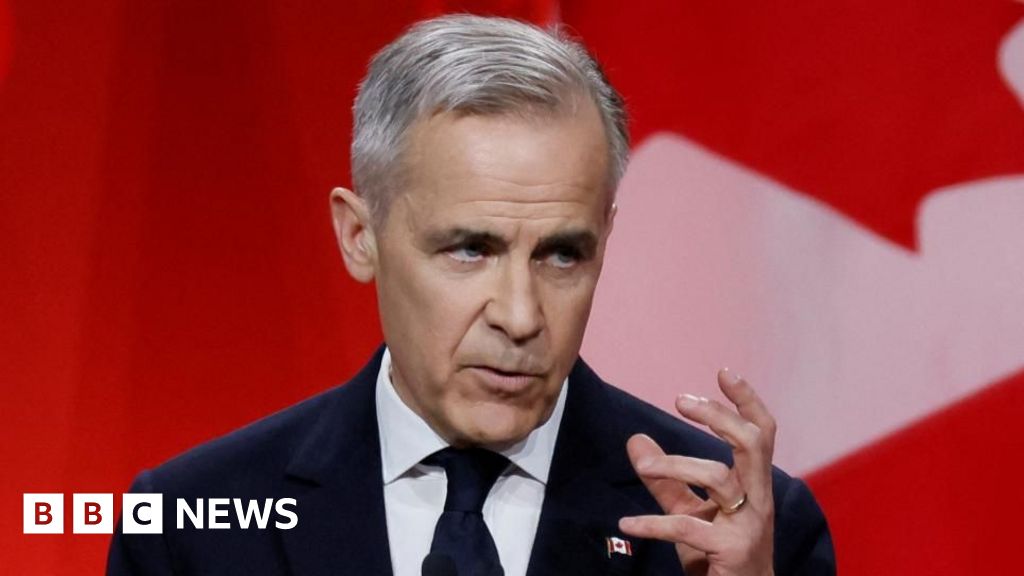Key Takeaways
- Donald Trump’s executive order creates a U.S. Bitcoin reserve but avoids direct market purchases.
- The reserve will be built solely from confiscated crypto assets.
- Experts believe this could keep Bitcoin trading in a range rather than fueling a rally.
President Donald Trump has signed an executive order to establish a national Bitcoin (BTC) reserve and a broader digital asset stockpile.
The order delivers on Trump’s campaign promises, reinforcing Bitcoin’s shift from a niche asset to a mainstream financial instrument.
However, the reserve will not be funded with taxpayer dollars or direct market purchases. Instead, the government will rely on confiscated Bitcoin from criminal forfeitures and regulatory settlements to build its holdings.
This has raised questions about how the U.S. government will manage the reserve and its long-term impact on the market.
No Taxpayer Burden as U.S. Builds Crypto Stockpile
The executive order outlines a strategy to expand the nation’s Bitcoin and digital asset reserves without direct government purchases.
White House crypto czar David Sacks emphasized that “the initiative will not acquire additional assets for the stockpile beyond those obtained through forfeiture proceedings.”
The Treasury Department will oversee the program, with a newly established office managing custodial accounts under what is now officially called the United States Digital Asset Stockpile.
Potential Ways the U.S. Bitcoin Reserve Can Grow Without Market Purchases
Crypto From Criminal and Civil Forfeitures
Bitcoin and other digital assets seized from financial crimes, fraud cases, and illicit activities could be redirected into the national stockpile rather than auctioned off, as was common practice in the past.
Regulatory Settlements in Digital Assets
Crypto firms facing lawsuits, regulatory penalties, or enforcement actions could be required to pay fines in Bitcoin or other digital currencies instead of cash.
This could apply to cases involving unregistered securities offerings, market manipulation, anti-money laundering violations, or compliance failures.
Rather than liquidating these payments, the U.S. could integrate them into the reserve, steadily increasing its digital asset holdings.
Government-Controlled Staking
For proof-of-stake (PoS) cryptocurrencies like Ethereum (ETH) or Solana (SOL), the government could stake confiscated assets to earn passive rewards.
Staking involves locking up tokens to support blockchain operations, with validators earning additional crypto as rewards.
This approach would allow the U.S. to grow its holdings over time without purchasing new assets from the open market, turning seized PoS tokens into a yield-generating mechanism.
Seizures From Sanctioned Entities
Digital assets confiscated from sanctioned individuals, corporations, and hostile nations could be absorbed into the reserve.
Foreign Asset Recoveries
The U.S. often collaborates with international law enforcement agencies to seize illicit funds, including digital assets.
When American agencies assist in global operations targeting cybercriminals, fraudsters, or money launderers, a portion of the recovered assets could be allocated to the reserve.
Tokenized Government Services
The government could accept cryptocurrency payments for select services, permits, or fees and retain the proceeds rather than converting them to fiat.
This could apply to business registrations, patent filings, visa applications, or even federal park fees. If properly structured, this system could encourage crypto adoption while steadily increasing the national digital asset stockpile.
Recovered Stolen Crypto From Cybercrime
Hacked or stolen funds recovered by U.S. law enforcement agencies could be retained instead of being liquidated.
In cases where cryptocurrency exchanges, companies, or individuals fall victim to large-scale hacks, recovered assets could be redirected into the reserve.
Given the rise of cybercrime involving crypto, such recoveries could become a significant source of assets over time.
Voluntary Donations and Corporate Contributions
Crypto firms or individuals could contribute assets to the reserve, similar to how companies donate funds or resources to government projects.
Some blockchain projects seeking regulatory goodwill or a stronger public-private relationship may voluntarily pledge a portion of their holdings.
Additionally, patriotic or philanthropic individuals might donate crypto to support national financial resilience.
New Taxation Models
Instead of imposing traditional taxes, the U.S. could introduce crypto-specific levies, requiring certain transactions or businesses to contribute a portion of their digital assets to the reserve.
This could take the form of a mining or staking tax, a fee on crypto-based financial services, or incentives for taxpayers to settle obligations in Bitcoin at favorable rates.
By structuring these models strategically, the government could steadily accumulate digital assets without direct market purchases.
Market Reaction: Bitcoin Drops, as Traders Digest Policy Shift
The market responded negatively to the announcement, with Bitcoin falling 6% and altcoins experiencing similar declines. Many traders had hoped the U.S. government would actively purchase Bitcoin, which could have provided a bullish catalyst.
A Bitfinex analyst told CCN that while the initial announcement of the strategic Bitcoin reserve sparked disappointment, its market impact is expected to be limited. “We expect more rangebound trading, as the U.S. will not be making new purchases but instead is simply introducing a plausible framework to hold seized crypto assets.”
The executive order appears to reflect a calculated move by the White House—one that acknowledges Bitcoin’s strategic importance while avoiding potential political backlash from direct investments.
While the details remain in flux, administration officials indicated that industry feedback could shape future revisions to the policy.
Was this Article helpful?
















